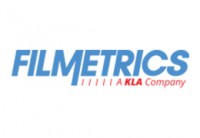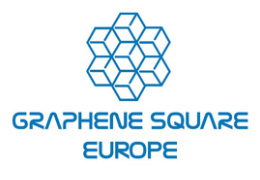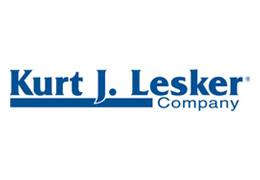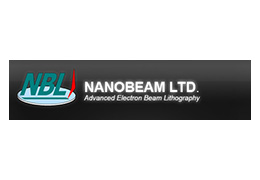Filmetric Thickness Metrology Guide

THIN-FILM MEASUREMENT
Thin film
Very thin layers of material that are deposited on the surface of another material (thin films) are extremely important to many technology-based industries. Thin films are widely used, for example, to provide passivation, insulating layers between conductors, diffusion barriers, and hardness coatings for scratch and wear resistance.
The fabrication of integrated circuits consists primarily of the deposition and selective removal of a series of thin films.
Films typically used in thin-film applications range from a few atoms (<1 nm or 0.001 μm) to 100 μm thick (the width of a human hair.) They can be formed by many different processes, including spin coating, vacuum evaporation, sputtering, vapor deposition, and dip coating.
To perform the functions for which they were designed, thin films must have the proper thickness, composition, roughness, and other characteristics important to the particular application. These characteristics must often be measured, both during and after thin-film fabrication. The two main classes of thin-film measurement are optical and stylus based techniques.
Stylus measurements measure thickness and roughness by monitoring the deflections of a finetipped stylus as it is dragged along the surface of the film. Stylus instruments are limited in speed and accuracy, and they require a "Step" in the film to measure thickness.
They are often the preferred method when measuring opaque films, such as metals.
Optical techniques determine thin-film characteristic optical techniques determine thin-film characteristics by measuring how the films interact with light. Optical techniques can measure the thickness, roughness, and optical constants of a film. Optical constants describe how light propagates through and reflects from a material. Once known, optical constants may be related to other material parameters, such as composition and band gap. Optical techniques are usually the preferred method for measuring thin films because they are accurate, nondestructive, and require little or no sample preparation. The two most common optical measurement types are spectral reflectance and ellipsometry. Spectral reflectance measures the amount of light reflected from a thin film over a range of wavelengths, with the incident light normal(perpendicular) to the sample surface. Ellipsometry is similar, except that it measures reflectance at non-normal incidence and at two different polarizations. In general, spectral reflectance is much simpler and less expensive than ellipsometry, but it is restricted to measuring less complex structures.
n and k Definitions
Optical constants (n and k) describe howlight propagates through a film. In other words, theelectromagnetic field that describes light traveling througha material at a fixed time is given by:

















